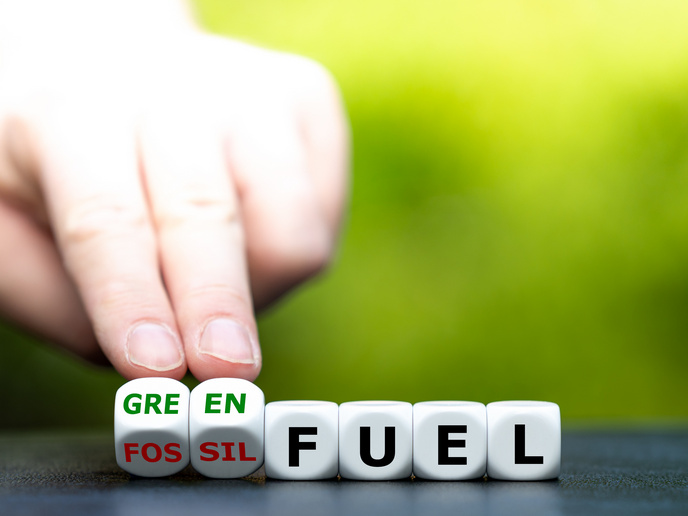Biomass: a viable and emissions-free bioenergy source
Biomass is variable in quality and quantity and potentially includes high concentrations of alkali metals, such as sodium and potassium, sulphur and chlorine. Thereby, combustion of such biofuels may result in increased SO2 emissions and some severe operational problems, such as corrosion. Hence, the reduction of these problems will eventually lead to lower costs, higher efficiency, lower emissions and increased savings in biomass fired plants. Knowledge of the alkali chemistry in detail may enable the development of suitable and cost-effective measures. As an example, simple operational changes for capturing SO2 in the bottom and fly ash constitute a simple and inexpensive alternative. Moreover, such information may also lead to the effective limitation of the alkali-induced corrosion offering enhanced operational reliability and a higher straw share in the co-combustion processes. The HIAL experimental work investigated the combustion chemistry and the release of alkali metals, sulphur and chlorine. For this purpose, different types of straw samples were employed coming from different origins and presented a large variety of elemental composition of high alkali fuels. The selected samples were characterised through advanced chemical analysis and X-ray diffraction techniques. For specifying the mechanism of these releases, the project studied them in combustion systems and used advanced mass spectrometry. The study showed that both the combustion temperature and the chemical bonding of the sulphur and chlorine in the biomass are important parameters in the release of SO2 and HCl. Additionally, concentration of potassium sulphates lower SO2 release. Conversely however, potassium release is dependant on the chlorine content. Moreover, silica promotes the release of SO2, while by co-combustion, it has a negative effect on SO2 release and a positive one on alkali release. All data obtained may be further used in predictive models for such releases under various combustion conditions and for different fuel compositions.







